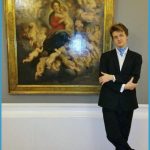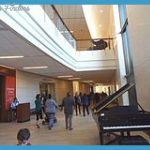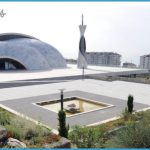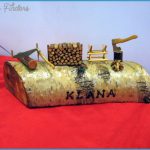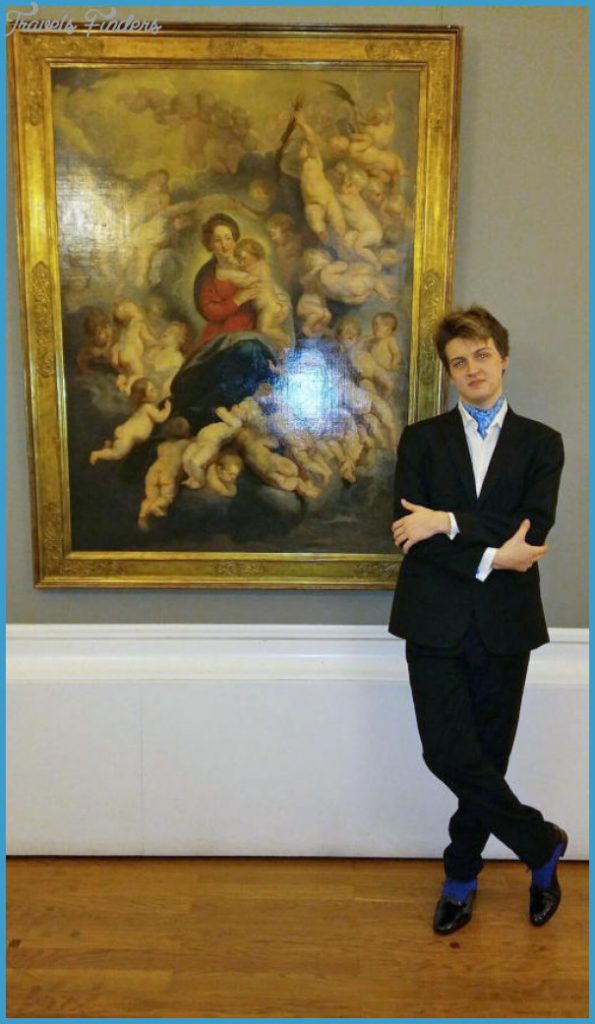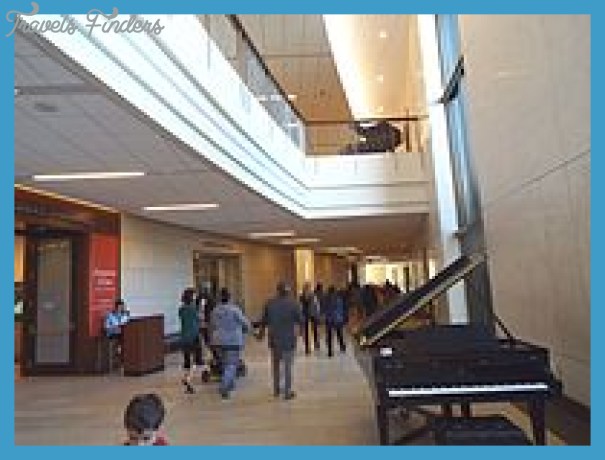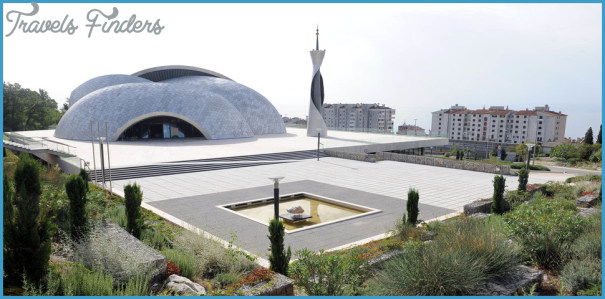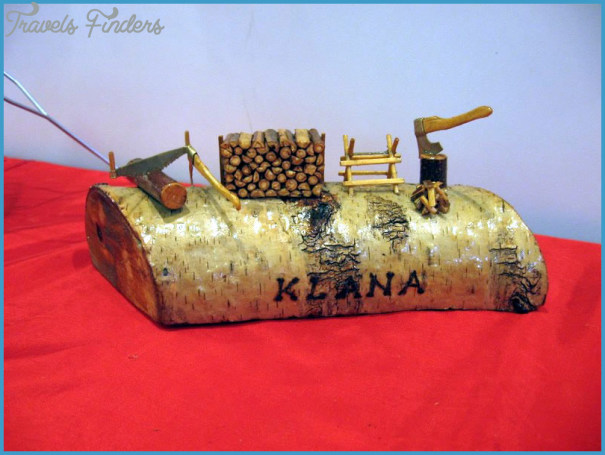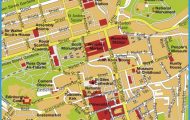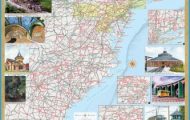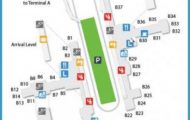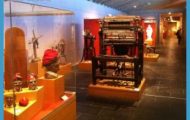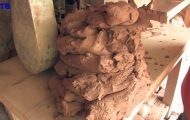MATETlC RONJGOV MUSEUM
The memorial to the Croatian Ivan Matetic Ronjgov is a living one, as befits a composer and folklorist whose life was dedicated to the rebirth and the nurturing of folk traditions. Matetic was born on 10 April 1880 in the tiny village of Ronjgi, near Viskovo, some 12 km north of the Adriatic port of Rijeka (he added the Ronjgov’ to his name later). He lived in the house of his birth until he was 14. His early career was as a schoolteacher in Istria, but after World War I Rijeka was part of Italy, and he went to live in Zagreb and then Belgrade; he could return only after World War II when his home was again in Yugoslavia. He died, near Rijeka, on 27 June 1960.
It was another 20 years – the date of his centenary – before his birthplace was taken over by the municipality and opened as a memorial to both the man and his work. As an institute, it is run by one of his pupils (Dusan Praselj) to further Matetic’s own work on Istrian traditional music, especially its instruments and its distinctive scales: besides teaching and research work, it pursues an ambitious publishing programme (of both books and music, notably works by the important Croatian composer Ivan Zajc, a native of Rijeka), organizes regular national and local broadcasts, holds events for students and sustains a substantial archive, including Matetic’s own works. The institute also takes advantage of its splendid position on the hills above Rijeka – with a view of the Istrian coast in one direction, of the mountains behind it in another – to run a restaurant just below the house itself. Outside is an area that serves as a small amphitheatre for the performance of Istrian folk music.
Matetic’s memory is honoured first in the continuation of his life’s work, second in the maintenance of a memorial room. In the room are his harmonium, his desk, many photographs of him with his composer colleagues and with his family (including his brother, an early anti-fascist, killed at Dachau), his school reports, his correspondence and copies of his writings, his identity cards and passports, and an award from Marshal Tito that he received shortly before his death. Some of his possessions are in the main meeting room, including his piano and his scrapbooks, and there are facsimiles too of his manuscripts. There are various folk instruments, too, including pairs of sopile (folk shawms, mainly from the island of Krk) and bagpipes; such instruments have their echoes in his own compositions.
MATETlC RONJGOV MUSEUM Photo Gallery
Matetic is honoured too in Rijeka, where he taught in his latter years. The music school was named after him in 1963 and every two years there are Mateticevi Devi (‘Matetic days’) with concerts and competitions, with emphasis on works incorporating Istrian folk music.
In the 1960s Liverpool became a flashpoint for popular music and youth culture. The four local boys, John Lennon, Paul McCartney, George Harrison and Ringo Starr, who formed the Beatles, developed their uniquely engaging style in the early 1960s by playing in Liverpool clubs, most famously the Cavern in Mathew Street, and in Hamburg. Their base, where McCartney and Lennon composed lyrics and music, and the group rehearsed, was the McCartney family home at 20 Forthlin Road, Allerton, south Liverpool. It now belongs to the National Trust, which opened it to the public in 1998.
The McCartneys had moved to Allerton from nearby Speke in 1955. The father, Jim, a cotton salesman, had had his own group, Jim Mac’s Band, in the 1920s. The mother, Mary, a nurse, died in 1956 shortly after moving to Forthlin Road, leaving her husband with two sons, Paul (b 1942) and Michael (b 1944). Both boys shared their father’s love of popular music and the upright piano in the front parlour was the focus of their earliest efforts in composition. In 1956 Paul acquired a Zenith acoustic guitar, which he had re-strung so that he could play left-handed; Michael acquired a drum set. Jim rigged up a system of wiring from the parlour radio to the boys’ bedrooms so that they could listen to the latest music on Radio Luxembourg.
With the house empty during weekdays it was perhaps inevitable that the boys, in particular Paul, might skip school to work on new songs with his friend John Lennon, who lived with his aunt on the other side of the nearby golf course (see Lennon). Michael, already an accomplished photographer, captured them unawares, at work together. Among the songs composed in the front parlour were Love me do (recorded in London in 1962) and I saw her standing there, which, with I want to hold your hand, rocketed them to fame in 1963. Although Michael took photographs that year of John making tea, Paul ironing and Ringo Starr putting out the milk bottles, the days of normal family life in a Liverpool garden suburb were over. In 1964, to protect his father’s privacy, Paul bought a comfortable detached house on the outskirts of Liverpool where Jim could retire and pursue his passion for gardening.
The Beatles’ success – their tours, the albums, the Beatlemania’ and the tidal wave of wealth they generated – weakened their connections with Liverpool. But McCartney has remained keenly conscious of his origins. He was given the Freedom of the City in 1984, and on the 150th anniversary of the Royal Liverpool Philharmonic Orchestra, in 1991, he collaborated with Carl Davis on the Liverpool Oratorio, first performed in Liverpool Cathedral, where as a child he had unsuccessfully taken an audition for the choir. He went on to compose a symphonic poem, Standing Stone, for the orchestra (1997, the year of his knighthood). His concern for British popular music and the performing arts prompted him to establish the Liverpool Institute for Performing Arts in his former grammar school. He returned to perform at the Cavern Club in 1999.
Forthlin Road is part of the Mather Avenue estate. Like all the 330 houses on the estate, the mid-terrace house at no.20 was built to a high standard, down to the ebony doorknobs and solid brass fittings. The McCartneys were the second tenants; only one other family, the Joneses, lived there before its acquisition by the National Trust in 1995. Throughout the Jones’s tenure the house was an unofficial place of pilgrimage for Beatles fans; Mrs Jones handed out snippets of the McCartneys’ old net curtains as souvenirs.
The National Trust has faithfully restored the small two-storey house to its 1952 character as an example of enlightened post-war housing. At the same time, they have sensitively commemorated the McCartney family’s residence there, echoed in Michael McCartney’s photographs on the walls (including Jim stirring the smalls’ in a pail of soapy water,
Paul playing his guitar in the garden or shinnying up the drainpipe on the back of the house). The period furnishings are carefully chosen on the basis of surviving evidence. The domestic ambience is interrupted only by the presence of display cases (with items lent by the Beatles’ biographer, Hunter Davies) in the dining-room at the back, once the band’s rehearsal room. The 35-minute audio tour includes reminiscences from the brothers and musical excerpts. Evocative yet understated in presentation, the house nevertheless provides a strikingly intimate, down-to-earth perspective on the origins of a contemporary British musical icon.
The Beatles are commemorated elsewhere in Liverpool. The city museum and galleries collectively known as National Museums Liverpool own Beatles artefacts and often mount exhibitions of the most famous of all pop groups. The Beatles Story’, which opened in 1990 in the Britannia Vaults of the Albert Dock, recounts at length the group’s career. There are re-creations of the Mersey Beat office, Mathew Street, the Cavern, Epstein’s Liverpool record shop, Abbey Road Studios, the interior of a transatlantic aeroplane and the apartment in the Dakota Building in Manhattan where Lennon lived. The displays include exhaustive chronologies, historic film footage, recordings (notably the piercing sound of screaming female fans) and photographs and displays of memorabilia. The only real Beatles artefacts are the trademark collarless jackets (silver, with black velvet trim), authenticated by the labels sewn inside by their tailor; also of special interest is the 1967 Mellotron and the recording equipment from Abbey Road.
The particular nature of the Beatles’ fame has led to the establishment of a number of dedicated museums, often the work of a single passionate enthusiast, and usually based on photographs, recordings, publicity material and occasionally minor memorabilia. The most important European one is the Beatles Museum in Halle (Alter Markt 12, 06110
Halle/Saale; phone +49/0 345 290 3900), originally set up in Cologne in 1989, closed in 1999 and reopened in the larger Halle premises the next year. Other German ones are at Gemmerich (GartenstraSe 17, 56357 Gemmerich; phone +49/0 6776 1276), Neuss

